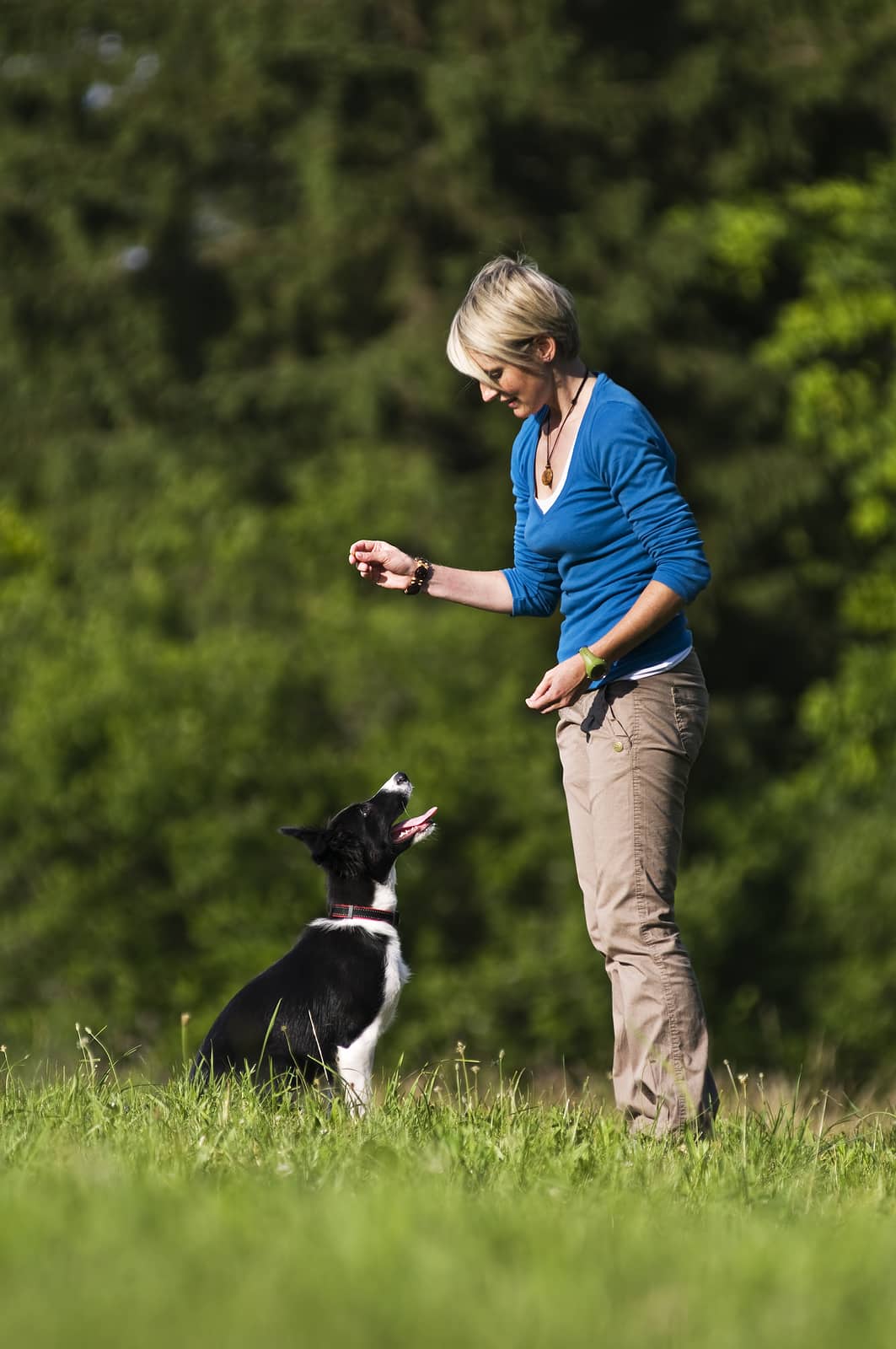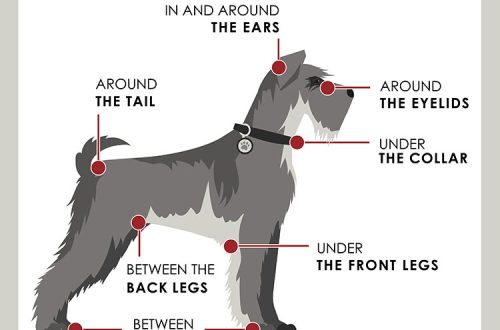
Types of dog training and how to choose the right one for your pet
There are many different styles of dog training and it is important to know which one is best for the owner and the pet.
Before you take a dog, you should immediately think about choosing a trainer who will teach her the right behavior and contribute to the happy future of the family. Dogs are trained to behave well-mannered both at home and on the street. Training also lays the foundation for mutual trust and respect between a human and their four-legged friend. What type of dog training is right for you? How to start dog training?
Contents
How to prepare your dog for training: start with research
The first step in choosing a trainer and training style should be to explore all available options. When it comes to classes, most people often think of classes in groups, but individual learning is also possible. The main difference is that group lessons, among other things, help the dog acquire socialization skills, while individual lessons are aimed directly at teaching the pet.
Both types of training focus on teaching the dog the basics, such as basic commands such as “sit”, “stand” and “to the foot”. The four-legged friend learns to obey, follow instructions and “stretch the muscles of memory”. Another basic training program to consider is her toilet trainingespecially if too many “incidents” happen at home.
Once your dog has learned the basic commands, there are plenty of other activities you can offer. For example, she can be taught to compete in agility and other dog sports. Possible options include training courses for therapy pets or honing manners for participation in exhibitions. There are also more advanced training courses aimed at socialization. They should be passed if the dog needs a little help to learn how to communicate with his four-legged brethren.
Having decided on the various training options, you should start looking for specialists. They will help turn a playful, mischievous puppy into an amazingly well-behaved dog.
Preparing a dog for training: understanding the nature of a pet

Knowledge of dog behavior character in general will help you decide on training methods. For example, a very timid, excitable, or anxious pet may have trouble learning in a group. But that doesn’t mean you shouldn’t take him to group classes. In fact, all puppies need socialization and the opportunity to make friends with other pets. Therefore, in such cases, you can first hire a trainer to conduct several individual lessons and only after that enroll the dog in a group.
It is equally important to know what motivates a pet. If he is one of those who are ready for anything for the sake of treats, it is better to keep a supply of treats with you and use them to reward your four-legged friend for the systematic display of positive behavior.
Some dogs don’t need food as a reward. They will be happy if they are showered with caresses and attention. Finally, there are pets that take training seriously. They will work hard with and without treats and praise, as they have a task to complete. Before proceeding with training, it is necessary to find out such features.
How to train a dog according to your personality
Understanding how a dog will respond to training is the most important factor when deciding on types of training, but it’s important to consider your own personalities as well. It is best to deal with this before bringing in a trainer, because the owner will need a systematic schedule of training sessions and practice sessions to be successful.
Is the owner ready to transfer control to another person who will guide him and the pet? Or does he prefer to be more involved in the process? Before hiring a trainer or choosing a type of training, it is important to clearly define what type of training is best for you. Dogs are very sensitive to the mood of their person, so if he is worried, it can be transmitted to the animal. A pet will be more likely to feel comfortable when its owner is comfortable.
Getting to know the trainer
Before signing up for group classes or hiring a person to come home, you need to make a list of potential trainers. You should look for reviews about them on websites or social networks. More importantly, you need to check if the trainers are properly certified. Anyone can claim to be a dog trainer, but invest your money and time in training under the guidance of a certified person.
Trainers should be asked what types of motivation they plan to use in training the dog. Some prefer clicker trainingwhile others use treats in the learning process. You should also discuss with them the skills they will be teaching the dog, such as walking on a leash, fetching objects, speaking out, etc.
If several people live in the house, it is worth asking the trainer if he minds that spouses, a flatmate or children are involved in the training process. The more people give commands to the dog, the easier it will be for him to adapt to obeying different people in the house.
If an owner has trouble finding a dog trainer in their area, a veterinarian should be consulted. He can recommend experienced and qualified trainers that other dog owners are delighted with, as well as give some tips on training the dog before starting classes. A pet groomer or friends who have dogs will also be able to recommend someone they have enjoyed working with in the past.
For more tips and advice on training puppies, see our article on puppy training basics.
See also:
- How to teach the “voice” team: 3 ways to train
- How to train two puppies at once
- How to Reward Good Behavior
- How to wean a dog from bad habits and teach him to control his impulses





